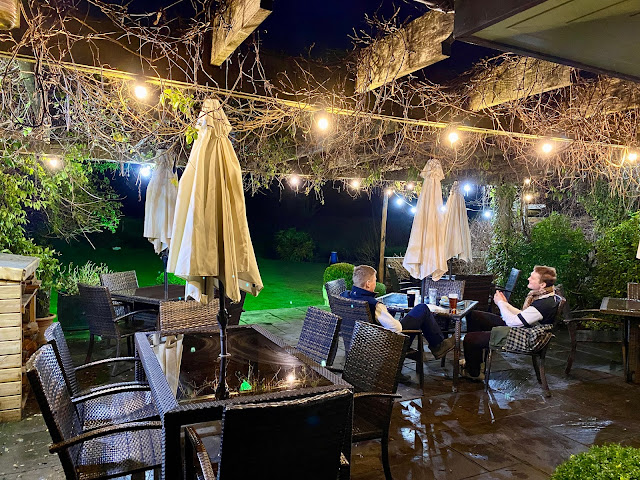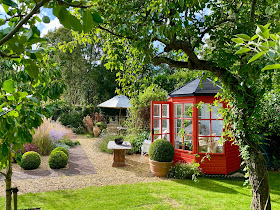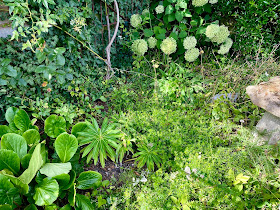
David Cornwell 1931 - 2020
John le Carré was much more than the greatest chronicler of the Cold War. He saw the fault-lines in all that followed – and warned us of them till the end
“An unmitigated clusterfuck bar none.” Thus does one of the main characters in John le Carré’s final novel, Agent Running in the Field (2019), pithily summarise Brexit.
The book’s narrator, Nat, describes the Conservative government of 2018 with equal venom: “A minority Tory cabinet of tenth-raters. A pig-ignorant foreign secretary who I’m supposed to be serving. Labour no better. The sheer bloody lunacy of Brexit.”
That “pig-ignorant foreign secretary” is, of course, now Prime Minister in real life, desperately trying to extract a last-minute trade deal from the “clusterfuck” of Britain’s departure from the European Union. It is a measure of le Carré’s determined topicality that his final espionage thriller involved not only Brexit, Trump and Russian meddling in the Western democratic process, but even EU trading tariffs. How much further enmeshed with the reality of day-to-day politics could a fiction writer in his late eighties possibly have been?
To the very last, he raged against the dying of the light by remaining implacably vigilant; furious at the indignities to which his country was being subjected by bogus patriots, spiv nationalists and sloganeering charlatans.
Last year, I wrote a piece for Tortoise about le Carré’s significance as a “Condition of England” novelist: a writer who, for six decades, provided a compelling running commentary on the state of the nation, its transformations, ambiguities, and treacheries. From Suez to the sewers of today’s populist Right rhetoric, he was always observing, tracing every oscillation between hope and disillusionment.
When I learned of his death last night, I felt a sense of personal loss that was also a moment of disclosure: that, when all is said and done, he is, and has long been, the writer that I turn to most often and instinctively to understand politics, statecraft and their very specific character in this country.
As it happens, and as if to drive home the point, I had been watching an episode of Smiley’s People (1982), the second BBC dramatisation of le Carré’s novels to feature Alec Guinness as George Smiley. But my debt stretches back much further.
I can still remember my parents discussing the plot of Tinker Tailor Soldier Spy when it was first published in 1974. Much too complex for a child, of course, but magnetic all the same: Merlin, Witchcraft, Gerald the Mole, Karla the Moscow spymaster, “chicken-feed”, lamplighters, the scalphunters, the Circus. What magic was this?
It is true that le Carré does not write often about politicians, and, when he does, he is scathing: see, for instance, the portrayal in Tinker Tailor Soldier Spy of the minister Miles Sercombe, whom Smiley’s adulterous wife, Ann, once described (“proudly”) as the only one of her cousins “without a single redeeming feature”. Sercombe’s baldness, we are told, “gave him an unwarranted air of maturity,” an absurdity compounded by a “terrible Eton drawl” and his “fatuous Rolls, the black bedpan”.
Yet – for all his mockery of the political class itself – every one of le Carré’s 26 novels is, in some shape or form, about power and its exercise: about the endless, nuanced interaction between principles and ambition; between decency and (a favourite word) “larceny”; and – most complex of all – the extent to which foul deeds are justified by noble ends.
In this sense, he used the secret world as a stage upon which to explore both questions of national character, and the personal dilemmas confronted by those who find themselves embroiled in clandestine activity. Often, the price they pay is grievously high.
In Smiley’s People, it is a terrible role reversal that ensures the final defeat of Karla – “He controls the whole of Russia, but he does not exist” – as Smiley tracks down his long-time adversary’s mentally ill daughter to a Swiss clinic: “On Karla has descended the curse of Smiley’s compassion; on Smiley the curse of Karla’s fanaticism. I have destroyed him with the weapons I abhorred, and they are his. We have crossed each other’s frontiers, we are the no-men of this no-man’s land.”
Through the eyes of Smiley and many other characters, le Carré was a pitiless chronicler of national decline. In Tinker Tailor, the unmasked Soviet mole, Bill Haydon, tells Smiley that his own treachery was driven by a gradual recognition that “if England were out of the game, the price of fish would not be altered by a farthing”.
Given this metaphor, there is a bleak symmetry in the fact that, on the very day that the author died, government sources were briefing the media with the pathetic line that, if the EU and UK negotiators failed to reach a deal, gunboats would be deployed to “protect our fish”.
As a former officer of MI5 and MI6, le Carré had no time for traitors (he famously refused to meet Kim Philby in Moscow). But he never allowed his characters – or his readers – to take refuge in lazy jingoism. He understood that patriotism is meaningless if it lacks depth, reflection and a measure of uncertainty.
Nor was he a nostalgist: quite the opposite, in fact. The fall of the Berlin Wall awoke in him a great hope of a monumental rebuilding of the East – quickly dashed by what followed the historic events of 1989. In The Secret Pilgrim (1991), we are told of “Smiley’s aphorism about the right people losing the Cold War, and the wrong people winning it”.
Indeed, in novels such as The Night Manager (1993) and The Constant Gardener (2001), le Carré was quicker than most to foresee that the post-Cold War landscape would be inherited by a smug coalition of governments and corporations; that worship of reified “business” would infect public policy; and that the same breed of privately educated, endlessly charming Englishmen who had once defended the old order of the Empire and then the West against the Soviet bloc would smoothly switch their allegiance to this new and unaccountable cartel of states and plutocrats.
“The privately educated Englishman is the greatest dissembler on earth,” says Smiley in The Secret Pilgrim. “Nobody will charm you so glibly, disguise his feelings from you better, cover his tracks more skilfully or find it harder to confess to you that he’s been a damn fool.”
How true, yet again, that seems today, as Boris Johnson gurns his way through a crisis that will determine the trajectory of this country for decades. Not for nothing is one of le Carré’s (best, if lesser-known) novels titled Our Game (1995): a reference to Winchester College football. A fear of privileged men reducing the fate of nations to playtime runs through his work: in Tinker Tailor, Smiley imagines the mole Haydon “standing at the middle of a secret stage, playing world against world, hero and playwright in one: oh, Bill had loved that all right.”
In the end, the character of Smiley himself is le Carré’s most precious bequest to the world. He is a true public servant, reserved but never docile, unashamed of his erudition, ironic to a fault, sleeplessly aware that the world is full of lethal complexities and that those who pretend otherwise with their slogans and demagoguery are not to be trusted.
To the end of his life, le Carré understood that resilience in an age of pulverising technological and geopolitical change would require greater integrity than ever, greater wisdom, greater reflection. In Smiley, he imagined a profound form of Englishness that is worth preserving, not in spite of, but because of, its ambiguities. As Control, his mentor and boss, tells him after his first and unsuccessful attempt to ensnare Karla in Delhi: “I like you to have doubts…. It tells me where you stand.”
In le Carré’s penultimate novel, A Legacy of Spies (2017) – a coda of sorts to The Spy Who Came In From the Cold (1963), the book that made his name – Peter Guillam, Smiley’s closest disciple, tracks him down to a library in Freiburg. Unbidden, the elderly spy tries to explain why he did what he did with his life.
“I’m a European, Peter. If I had a mission – if I was ever aware of one beyond our business with the enemy, it was to Europe. If I was heartless, I was heartless for Europe. If I had an unattainable ideal, it was leading Europe out of her darkness towards a new age of reason. I have it still.”
Those final, spare words read today – amid the infantile bedlam of Brexit – less like an elegy for something unrecoverable than le Carré’s mission statement for future generations. It’s a fine one, too. RIP.





































































